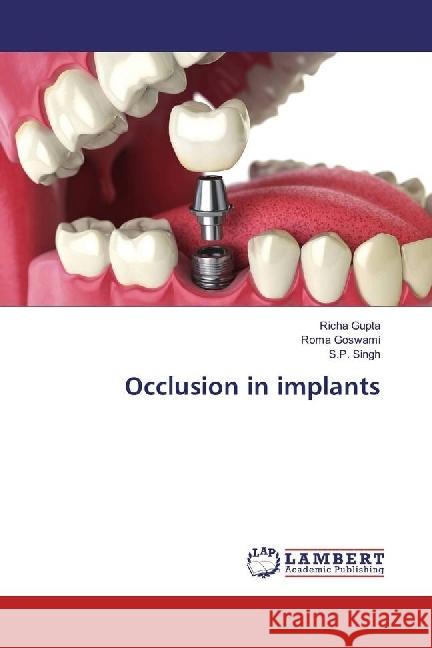Occlusion in implants » książka
Occlusion in implants
ISBN-13: 9783659932823 / Angielski / Miękka / 2016 / 160 str.
The type of occlusion recommended for the osseointegrated prosthesis is related to the different physiologic conditions which lie between the osseointegrated implant and the natural teeth. It should beemphasized that osseointegrated implant does not have periodontal tolerance like the natural teeth, nor does it have specific defense mechanism against occlusal forces.Occlusion being the key factor to the overall success rate. The local occlusal considerations in implant dentistry include the transosteal forces, bone biomechanics, basic mechanics, differences in natural teeth and implants, muscles of mastication and occlusal force, and bone resorption. The incorporation of all these factors leads to an optimum occlusal scheme. Occlusal overload is often regarded as one of the main causes for peri-implant bone loss and implant/implant prosthesis failure. Clinical complications such as prosthesis fracture, screw loosening or fracture, implant fracture, continuing marginal bone loss, and implant loss may be attributed to implant overload, which can be prevented by application of biomechanical principles such as the passive fitting of prostheses, reducing the cantilever length etc.











